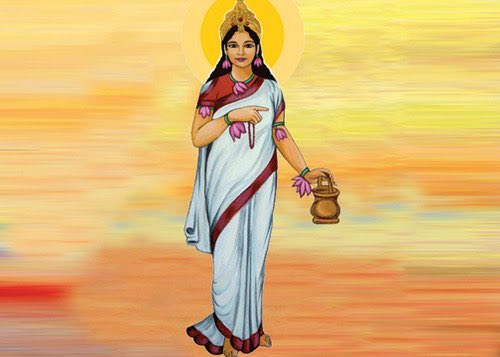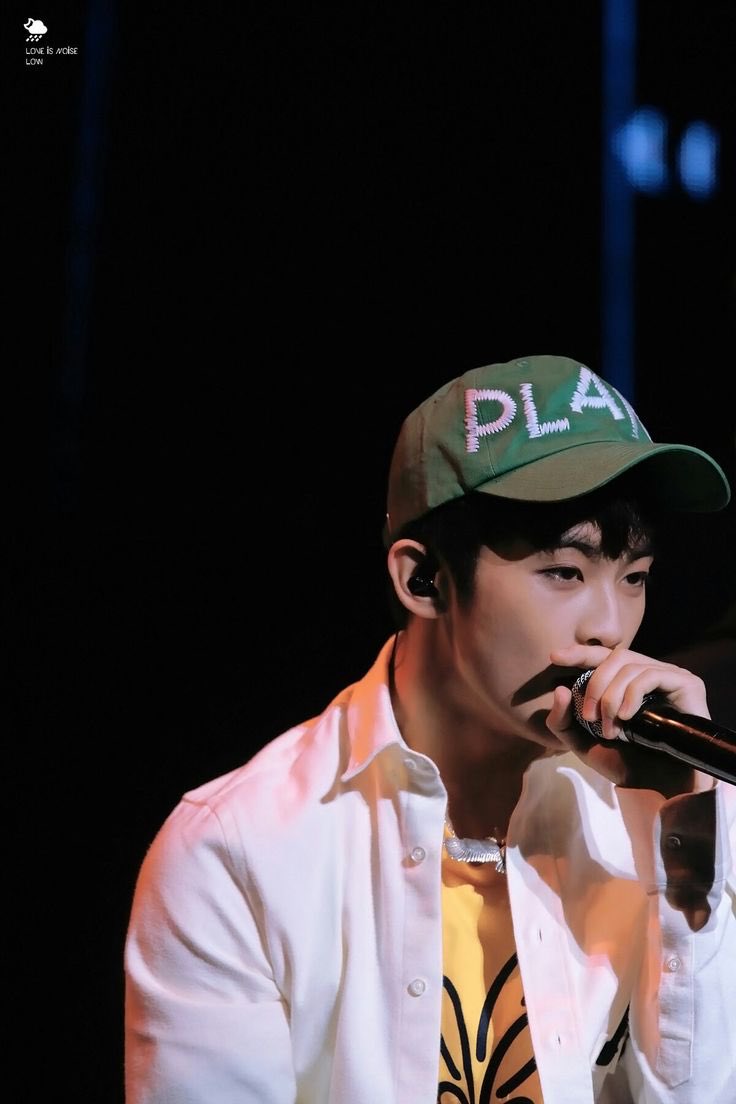She is the Ishwari of the Chakra Cosmogram starting from the Tripura.
We will look at the 3rd Navavarna tomorrow.
And something that I forgot to mention before. Each kriti has the name of the Ragam embedded into the lyrics. Like the word Shankara in this.
Happy Panchami to you!
Thank you for following the thread so far!
As Tripurashri, Kamalaamba resides in the ten triangles of the Chakra and is served by the 10 Shaktis starting from Sarvasiddhiprada.
"Sangitarasikaayaa", the one who is fond of music. She is the Goddess Kaulini, the one of the Kaula path of worship.
Please read, retweet and share your views. Happy Navami!









